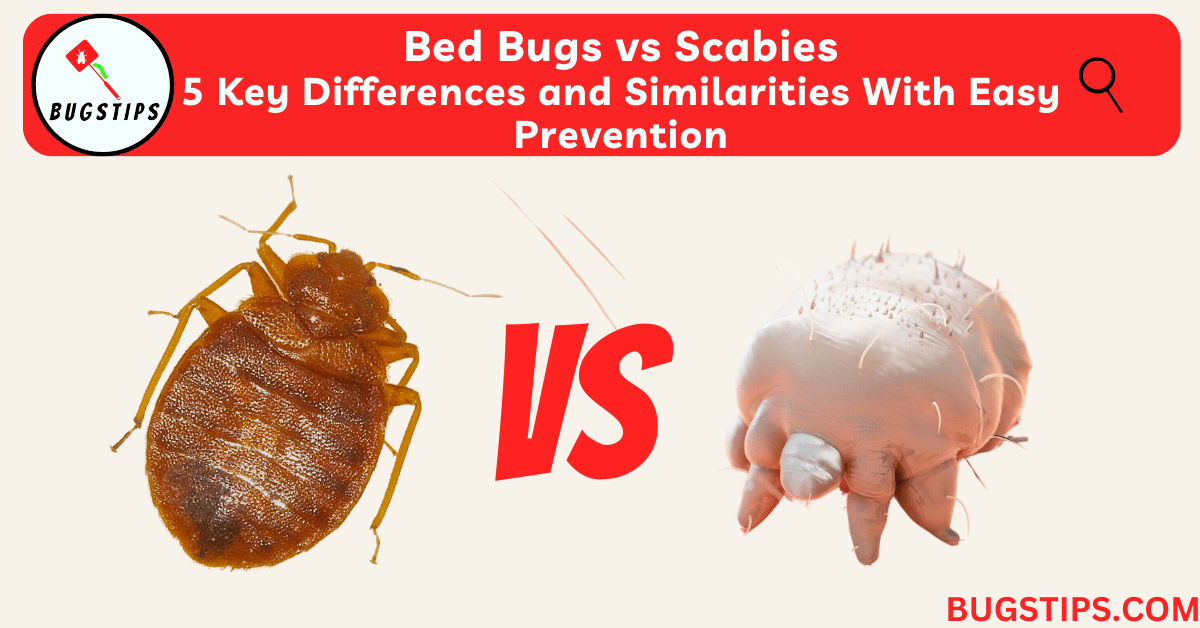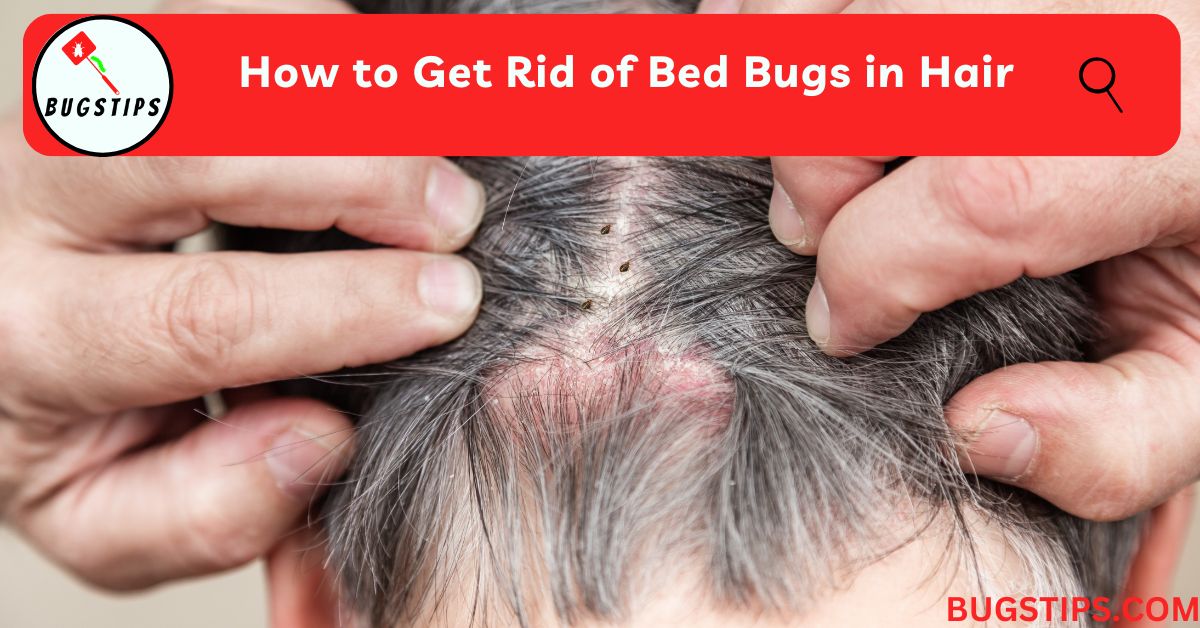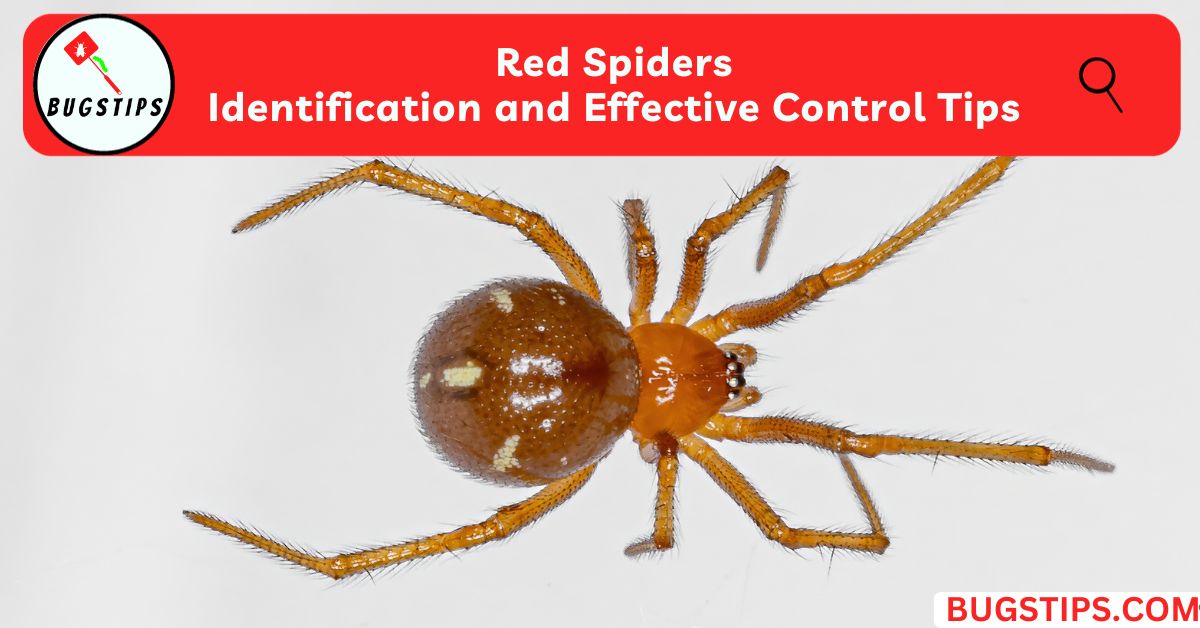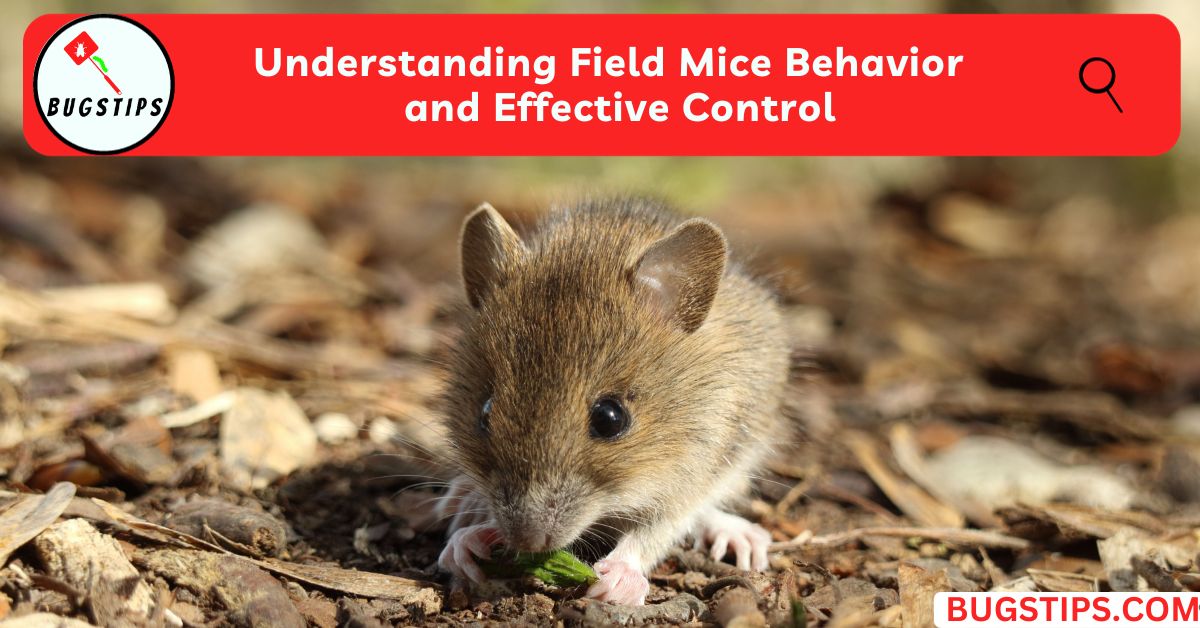This post may contain affiliate links which means as an Amazon Associate, this site may earn a small commission on qualified purchases made through links at no extra cost to you. Learn more on Affiliate Disclosure
Bed bugs and scabies are two types of pests that can cause significant discomfort for those who come into contact with them. Despite having similar symptoms, such as causing itching and rashes, they are distinct from each other in several ways.
In this article, we will delve into the topic of Bed Bugs vs Scabies and discuss the differences between the two pests. We’ll also explore ways to identify and treat each one, as well as how to prevent infestations.
Whether you’re dealing with a current pest problem or simply want to learn more about these common pests, this article will provide you with valuable insights into the world of Bed Bugs vs. Scabies. So, let’s get started and explore these pests in detail.
What are Bed Bugs?
Bed bugs are a common household pest that can be easily identified by their appearance, size, and behavior. In this section, we will take a closer look at each of these factors to help you better understand how to identify bed bugs.
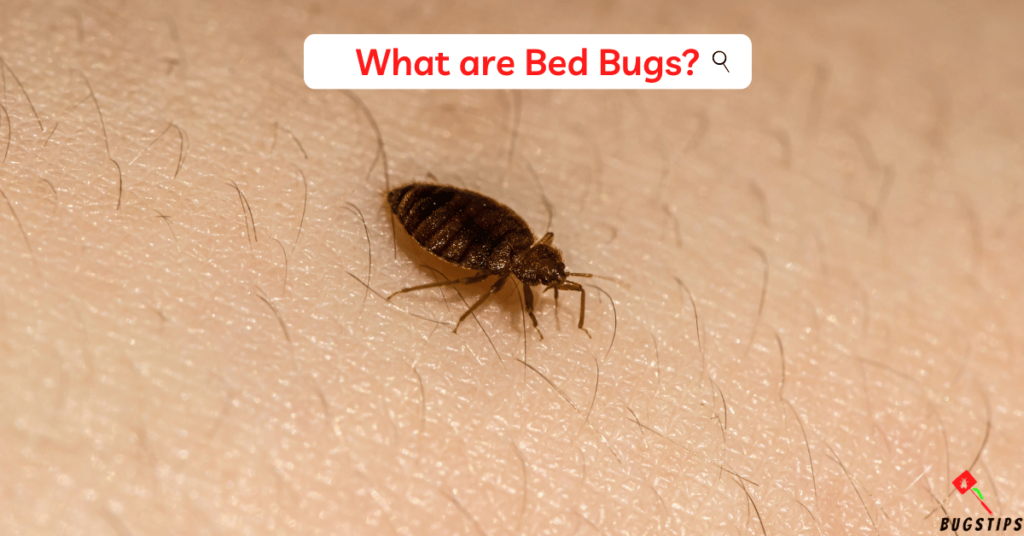
Identification of Bed Bugs
Appearance
Bed bugs have a distinct appearance that makes them easily recognizable. They are flat, oval-shaped insects that are reddish-brown in color. Adult bed bugs have six legs and two antennae, and they are about the size and shape of an apple seed.
Size
Bed bugs are relatively small insects, with adult females measuring about 5-7 mm in length and adult males measuring about 4-5 mm. Their eggs are even smaller, measuring about 1 mm in length. This makes them difficult to spot with the naked eye, but they can be detected by the signs they leave behind, such as shed skin, blood spots, or fecal matter.
Behavior
Bed bugs are nocturnal insects that are most active at night when they emerge from their hiding places to feed on their hosts. They are attracted to the carbon dioxide and body heat that humans emit, and they prefer to feed on exposed skin, such as the face, neck, arms, and hands. Bed bugs can also hide in cracks and crevices during the day, making them difficult to detect.
It's important to note that bed bugs can be easily confused with other household pests, such as fleas or ticks. However, there are some key differences in appearance and behavior that can help you distinguish bed bugs from other pests.
Related Article – Baby Bed Bugs: 10 Facts You Need to See (with Pictures!)
How Do Bed Bugs Get Into Your Home?
Bed bugs can enter your home in various ways. The most common way bed bugs can get into your home is through secondhand furniture, such as beds, couches, or chairs. These pests can hitchhike on infested items, and when you bring them home, bed bugs can easily spread to other areas of your home.
Bed bugs can also come into your home through used clothing, luggage, or backpacks that have been in an infested area.
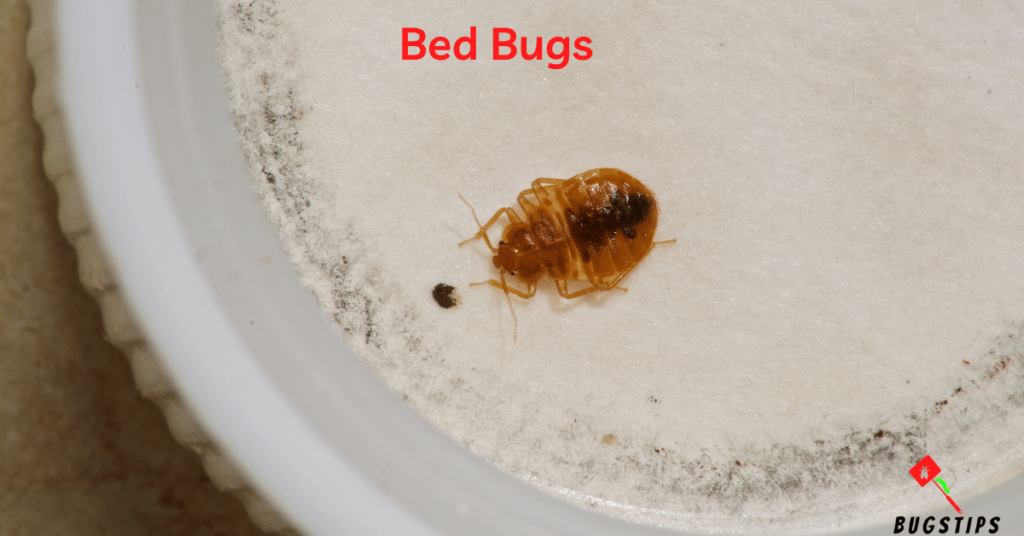
Another way bed bugs can enter your home is through cracks and crevices in walls, floors, or ceilings. They can crawl through these tiny openings and make their way into your home.
Bed bugs can also be transported by pets or animals that may have been in an infested area. Additionally, bed bugs can be introduced into your home through visitors who have bed bugs in their own homes.
Can Bed Bugs spread diseases?
Bed bugs are not known to transmit diseases to humans. However, their bites can cause uncomfortable symptoms such as itching and irritation, which can lead to secondary infections if not properly treated.
In rare cases, people may have an allergic reaction to bed bug bites, which can cause more severe symptoms. Additionally, the presence of bed bugs in a home can cause significant emotional distress and anxiety for some people.
Bed Bug bites
Symptoms
Bed bug bites typically appear as small, raised, red bumps on the skin, often in a straight line or cluster. The bites are usually painless at first but can become itchy and uncomfortable within a few hours or days.
Some people may also experience a burning sensation or have an allergic reaction to the bites, which can cause more severe symptoms such as swelling, blistering, or difficulty breathing.
It is important to note that not everyone reacts to bed bug bites in the same way. Some people may not experience any symptoms at all, while others may have a more severe reaction.
It can be difficult to distinguish bed bug bites from other insect bites or skin conditions, so it is important to consult with a healthcare provider if you are experiencing symptoms and suspect that bed bugs may be the cause.
Related Article – Can Bed Bugs Get in Your Private Parts?
Prevention of Bed Bugs infestation
Preventing a bed bug infestation is much easier than dealing with one. Here are some preventive measures that can help you avoid a bed bug infestation:
- Inspect second-hand furniture: If you’re buying used furniture, inspect it carefully for signs of bed bugs before bringing it into your home. Avoid taking home any furniture that shows signs of bed bugs or has been in a home with a bed bug infestation.
- Keep your home clutter-free: Bed bugs love to hide in clutter, so keeping your home tidy and clutter-free can help reduce their hiding places.
- Vacuum regularly: Regularly vacuuming your home, especially around the bed and other areas where bed bugs are known to hide, can help reduce the chances of an infestation.
- Seal cracks and crevices: Bed bugs can enter your home through even the smallest cracks and crevices, so sealing up these entry points can help prevent them from getting in.
- Use protective covers: Using special bed bug mattresses and box spring covers can prevent bed bugs from getting into your bed and nesting in your mattress.
- Be cautious while traveling: Bed bugs can hitch a ride on your luggage, clothing, or other personal belongings while you’re traveling. So, it’s important to inspect your hotel room carefully for signs of bed bugs before unpacking your belongings.
What is Scabies?
Scabies is another common pest that can cause skin irritation and discomfort. These mites are microscopic and are often difficult to spot with the naked eye. They burrow into the skin, where they lay eggs and reproduce, leading to intense itching and a red rash.
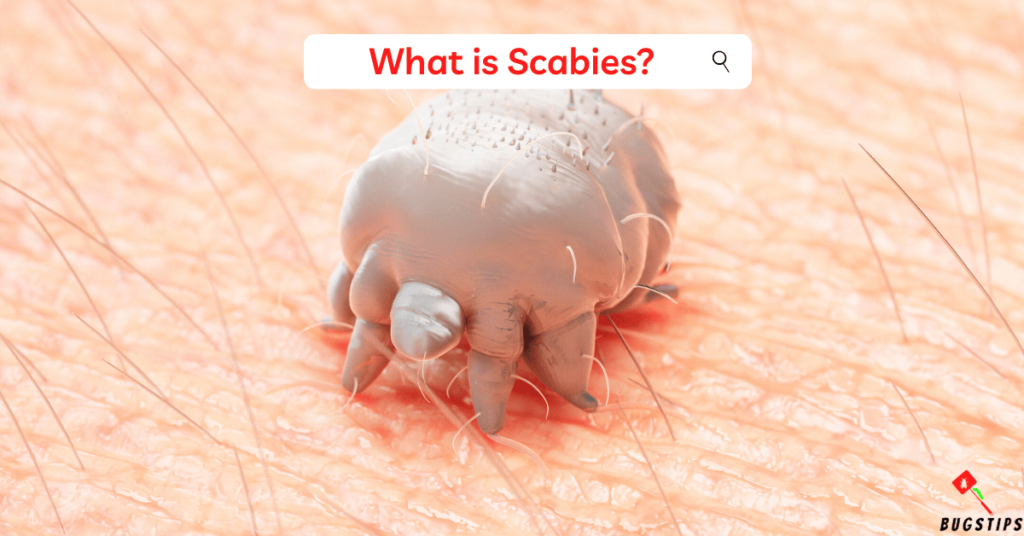
Identification of Scabies
Appearance
Scabies mites are eight-legged creatures that are smaller than the head of a pin, making them virtually impossible to see without a microscope. They are round and have a white, clear, or gray color.
Size
Scabies mites are small in size, measuring only about 0.2 to 0.4 millimeters in length. They are not visible to the naked eye, so it can be challenging to identify them.
Behavior
Scabies mites are known for their burrowing behavior, which allows them to live inside the skin of their host. They lay eggs and reproduce, which leads to intense itching and a red, bumpy rash.
How Do Scabies Mites Get Into Your House?
Scabies mites do not get into houses, they spread through close personal contact with an infected person or by sharing their clothing, bedding, or towels. The mites can survive outside of a human body for up to 72 hours, so it is possible to contract scabies from objects or surfaces that have come into contact with an infected person.
However, this is relatively rare compared to direct skin-to-skin contact. Scabies is more commonly found in places where people live in crowded conditions such as nursing homes, prisons, and homeless shelters. It can also spread quickly within households and between sexual partners.
Can Scabies spread diseases?
Scabies mites themselves do not spread diseases, but their bites can lead to secondary bacterial infections. When a person scratches the affected area, it can cause breaks in the skin, which can become infected with bacteria.
Additionally, people with weakened immune systems, such as the elderly or those with HIV/AIDS, may develop more severe complications from a scabies infestation.
Scabies bites
Symptoms
The primary symptom of scabies is intense itching, especially at night. The itching is caused by an allergic reaction to the mites and their saliva, which the body sees as a foreign invader.
The itching can be so severe that it can interfere with sleep and daily activities. Other symptoms of scabies include a pimple-like rash, tiny blisters, and scales on the skin.
The rash can appear anywhere on the body, but it is most commonly found on the wrists, between the fingers, and on the elbows, armpits, and groin area.
In children and infants, the rash can also appear on the scalp, face, neck, palms of the hands, and soles of the feet. The symptoms of scabies may take several weeks to appear after a person is infected.
In people who have had scabies before, the symptoms can appear within a few days of re-infestation. The intense itching and rash can persist for several weeks or even months after treatment, although this is less common.
It is important to note that scabies can be mistaken for other skin conditions, so it is important to consult a doctor if you suspect a scabies infestation.
Prevention of Bed Bugs infestation
Taking steps to prevent Scabies infestations is important to minimize the risk of exposure to the mites. Here are some measures that can be taken to reduce the risk of getting Scabies infestations:
Avoid close contact with people who have scabies: Scabies is highly contagious, so it’s important to avoid skin-to-skin contact with infected individuals or sharing their personal items.
Wash clothes and bedding regularly: Wash clothes, bedding, and towels in hot water and dry them on the hottest setting to kill any scabies mites that may be present.
Vacuum frequently: Regularly vacuum carpets, rugs, and upholstered furniture to remove any mites or eggs that may have fallen off the skin.
Use insecticides: Apply insecticides specifically labeled for scabies to your home, particularly to areas where scabies mites may be present.
Seek medical treatment: If you suspect you have scabies, seek medical treatment immediately. Your doctor may prescribe a scabicide lotion or cream to kill the mites and eggs.
Bed Bugs vs Scabies – Differences
It can be hard to tell the difference between bed bugs and scabies. However, there are some important differences you should know. Here are a few:
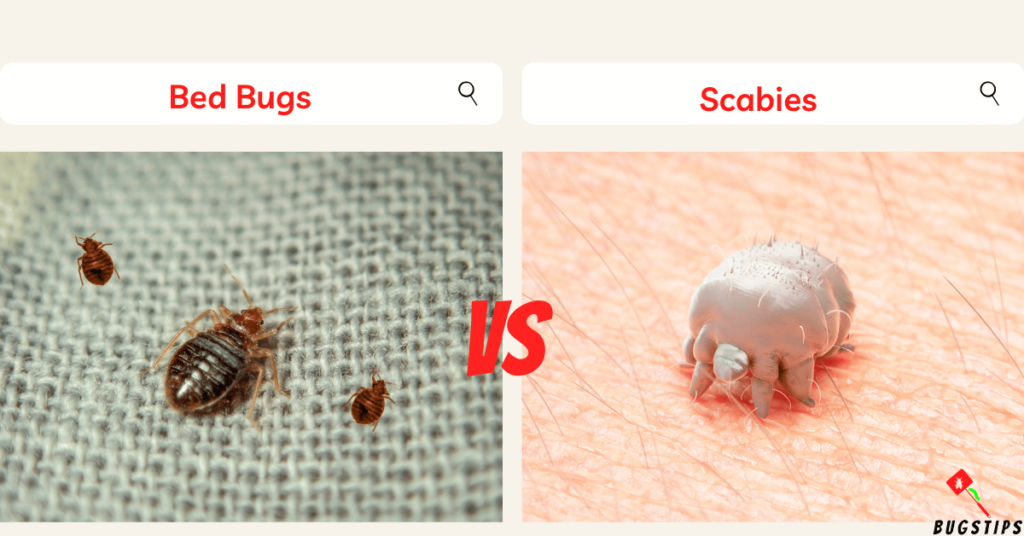
Visual differences
- Bed bugs are visible to the naked eye and are reddish-brown and flat with an oval-shaped body. They are about the size of an apple seed.
- Scabies mites, on the other hand, are microscopic and cannot be seen without magnification. They are oval-shaped and have eight legs.
Behavioral differences
- Bed bugs are primarily active at night and feed on the blood of humans and animals. They typically hide in cracks and crevices during the day.
- Scabies mites burrow into the skin and lay their eggs, causing an infestation that leads to intense itching and discomfort.
Bites and symptoms
- Bed bug bites typically appear as red, itchy bumps on the skin and are often arranged in a line or cluster. They can cause significant discomfort but do not usually spread disease.
- Scabies infestations lead to intense itching, particularly at night. The most common symptoms of scabies include a rash, blisters, and scales on the skin.
Treatment methods
- Bed bug infestations can be treated with insecticides and by eliminating hiding places for the bugs. Professional pest control services can also be effective.
- Scabies infestations are typically treated with topical creams and prescription medications. It is important to seek treatment promptly to prevent the infestation from spreading.
Here is a table summarizing some of the key differences between bed bugs and scabies:
Key Differences Between Bed Bugs and Scabies
| Category | Bed Bugs | Scabies |
|---|---|---|
| Appearance | Visible to the naked eye | Too small to see (Microscopic) |
| Behavior | Active at night, hide in cracks and crevices | More Random, Burrow into skin |
| Bites and symptoms | Red, itchy bumps, may appear in clusters | Intense itching, rash, blisters, scales |
| Location of bites | Usually on exposed skin | In skin folds or on hands and feet |
| Spread | Can travel from room to room | Requires close contact with an infected person |
| Treatment | Insecticides | Prescription medication |
Bed Bugs vs Scabies – Similarities
Bed bugs and scabies may be different pests, but they share some similarities in terms of their effects on humans. Here are some similarities between bed bugs and scabies:
Ability to cause discomfort
Both bed bugs and scabies mites can cause intense itching and discomfort to their human hosts. Bed bug bites can cause raised, red welts on the skin, which can be itchy and uncomfortable. Scabies infestation can cause a severe and persistent itch, which can worsen at night and may lead to the development of skin lesions.
Related Article – 20 Surprising Tiny Bugs in Bed You Need to Know About
Infestation risks
Both bed bugs and scabies mites can infest a wide range of environments, including homes, hotels, hospitals, and nursing homes. They can be easily transferred from person to person, making them a common concern in crowded places.
Once an infestation is established, it can be difficult and time-consuming to eradicate, requiring professional treatment and thorough cleaning.
Prevention measures
Preventing infestations of bed bugs and scabies mites involves taking proactive measures to minimize the risk of exposure.
Some common prevention measures include washing bedding regularly in hot water, vacuuming regularly, and inspecting second-hand furniture before bringing it into the home. Additionally, avoiding close contact with people who have infestations can also help reduce the risk of transmission.
Similarities Between Bed Bugs and Scabies
| Similarities | Bed Bugs | Scabies |
|---|---|---|
| Ability to cause discomfort | ✔️ | ✔️ |
| Infestation risks | ✔️ | ✔️ |
| Prevention measures | ✔️ | ✔️ |
Final Thoughts
While both bed bugs and scabies can cause itching and discomfort, they are two very different pests. Bed bugs are visible to the naked eye and feed on both human and animal blood. They can be found in crevices near where people sleep, such as mattresses, and can be difficult to get rid of once they infest a home.
On the other hand, scabies mites are microscopic and only survive on human skin. They burrow under the skin to feed and lay eggs, causing a rash and intense itching. Scabies is highly contagious and can be spread through close personal contact, making it important to seek treatment as soon as possible if you suspect an infestation.
It is important to correctly identify the pest causing the symptoms in order to receive the proper treatment. While over-the-counter treatments may be effective for mild cases, it is best to consult a healthcare professional or pest control specialist for more severe infestations.
FAQs
Can you have scabies and bed bugs at the same time?
Yes, it is possible to have scabies and bed bugs at the same time. However, it is important to distinguish between the two infestations and seek appropriate treatment for each.
Which is harder to get rid of, scabies or bed bugs?
Both scabies and bed bugs can be difficult to get rid of, and professional treatment is often necessary. However, scabies infestations can be more challenging to treat because the mites can survive for several days without a human host.
How long does scabies stay on bed sheets?
Scabies mites can survive on bedding and clothing for up to three to four days.
How long does it take for bed bugs to spread?
Bed bugs can spread rapidly, and a single female bed bug can lay up to five eggs a day. It can take just a few weeks for a small infestation to become a significant problem.
Does scabies come from bed bugs?
No, scabies does not come from bed bugs. Scabies is caused by a mite that burrows into the skin, while bed bugs are insects that infest bedding, furniture, and other areas of the home.
Can scabies be in your bed?
Yes, scabies mites can infest bedding, clothing, and other areas of the home. It is important to wash bedding and clothing regularly in hot water to help prevent the spread of scabies.
How do I know if I have scabies or bed bugs?
The symptoms of scabies and bed bug bites can be similar, but there are some key differences. Scabies bites often appear in a line or rash and can cause intense itching, while bed bug bites can appear in clusters or groups and may not be as itchy. It is best to consult a healthcare provider or pest control professional for a proper diagnosis.
Is Dettol effective against scabies?
While Dettol may help to disinfect the skin and prevent infection, it is not effective in treating scabies. Prescription medication is needed to effectively treat scabies infestations.
Resources – (for further reading)
United States Environmental Protection Agency – Bed Bugs
Mayo Clinic – Bedbugs – Symptoms and causes, Scabies – Symptoms and causes
Centers for Disease Control and Prevention – Scabies Frequently Asked Questions (FAQs)

